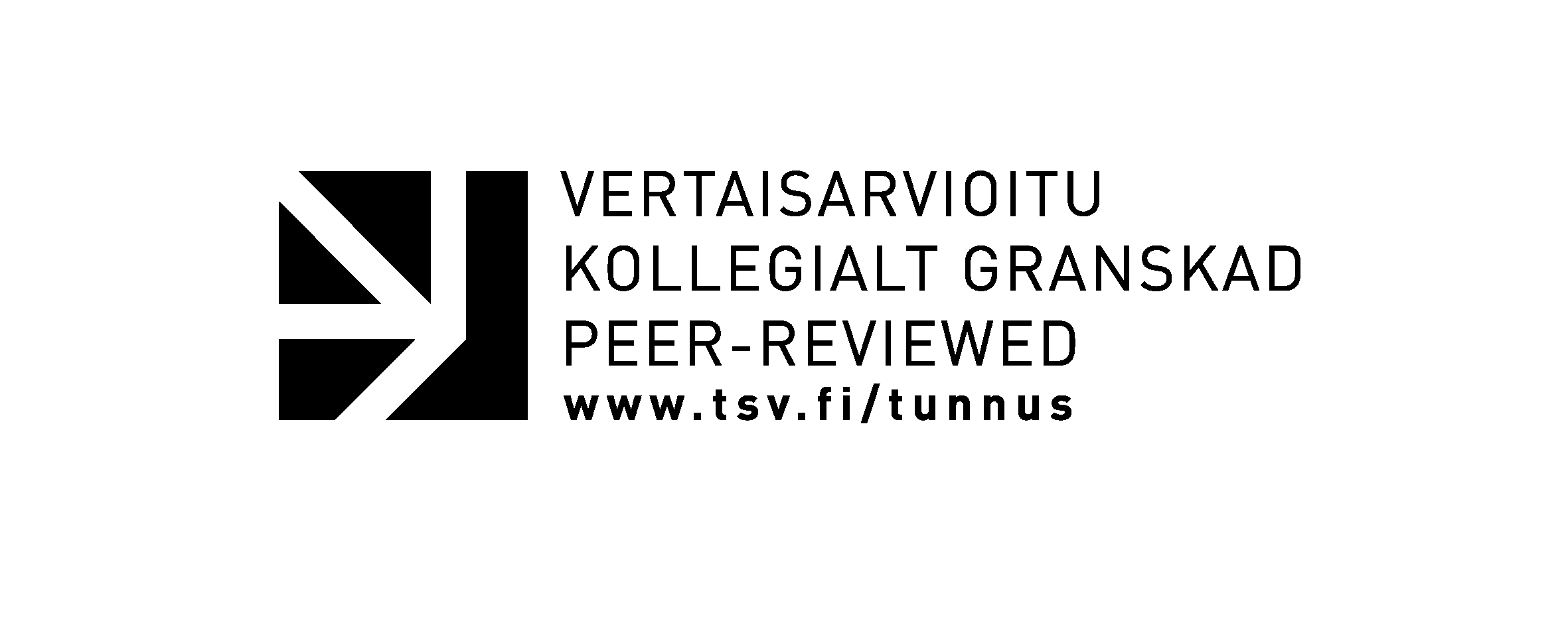A Village in Crisis: Finnish Lapland in the War Years, 1939-1945
Keywords:
social history, wartime 1939-45, Finnish Lapland, villageAbstract
In recent years, a renewed interest has emerged in the history of World War II. The opening of archives and a milder political climate have opened up new perspectives on the war - and also at times kindled heated debates. An example is the book "Hitler's Willing Executioners" (1997) by the American sociologist Daniel Goldhagen. In Finland, historical research on World War II has taken a much more conventional approach both in terms of form and content. Histories of war can be chronologically divided into three waves: The first wave emerged right after the war, when professional soldiers and historians bound to the politics of the war period wrote apologetic and nationalistic studies of war events. The second wave came in the 1970s, when researchers took a more scholarly attitude towards the war years, but still concentrated on the operational aspects of the war. The 1990s saw the start of the third wave: the opening of Russian archives afforded an opportunity to look at the military operations from an eastern perspective. lt is no exaggeration to say that war history in Finland has been a history of battles. Research has used a fairly uniform methodology and it has had a fairly uniform foundation: Historical actors are military and political leaders, research questions concem "high-level" national and military political solutions, studies mostly deal with the Eastern and South-Eastern parts of Finland, namely Karelia, and sources consist of documents from the headquarters and the Cabinet. Studies tend to take the form of lists.







